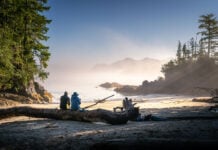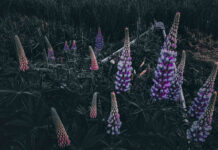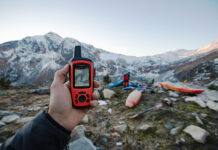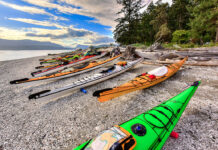“I think we can navigate this safely,” one of my friends says. I squint out to sea thinking, “Tom Petty was right.”
On the beach are three loaded sea kayaks. We’re on day six of an 11-day outer West Coast trip and primed for the crux move. Ahead is eight miles of exposed coast, with three jutting points surrounded by shallow reefs, notorious for making gentle swell explode into breaking waves. Then we have to find a narrow slot behind an island before we can take a breather on land. I look at the sea again and shake my head.
What Tom Petty taught me about kayaking
As far as I know, the frontman of Tom Petty and the Heartbreakers never sat in a kayak. But now his lyrics echo in my head. We woke to a placid forecast and packed our boats under blue skies and light wind. By the time we were loaded, fog had descended, and we couldn’t see across our small cove. One friend still wants to press on. I don’t. This is where Mr. Petty comes in. He nailed sea kayaking’s biggest dilemma when he wrote, “Waiting is the hardest part.”
The friend who wants to go can’t sit still in the best circumstances, certainly not once his boat is packed and his drysuit is on. My other friend thinks we can do it, but it won’t be fun, and we won’t get to see the cliff-lined coastline and its summer gathering of whales, which is why we came here in the first place. I’m not interested in foggy dead reckoning or squinting at a GPS along a coastline full of boomers in the fog. But the anticipation of movement is still coursing through our veins.
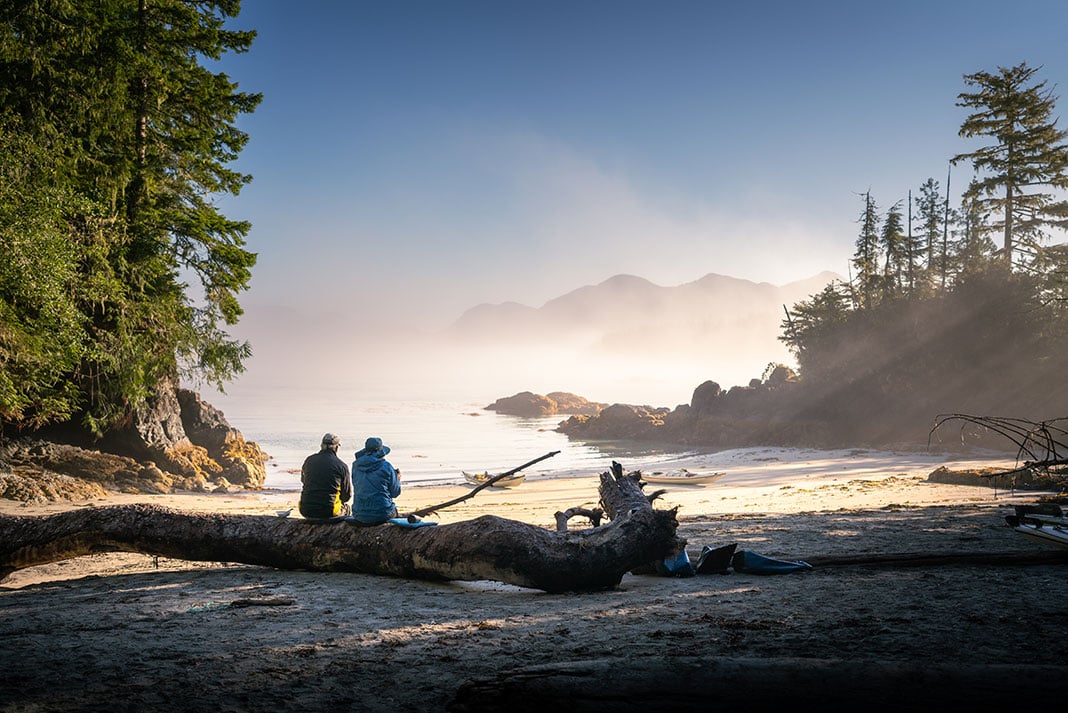
Waiting means wondering. If we wait too long, will the wind come up? What if we get stuck on this beach for days? It seems easier to move, even if it’s foolish, than to sit still and wait for the fog to lift.
All types of paddling take patience
It’s not just in sea kayaking. I’ve felt the same pressure scouting whitewater rapids. Watching the water churn, I fight the urge to hop back in my boat and plunge into my line to get watching, deciding and second-guessing over with. I force myself to methodically assess and apply WORMS (water, obstacles, route, markers, safety) and make sure I’m not missing something. I could get a better run by watching someone else go first, but that means even more waiting with anticipatory adrenaline in my system.
Waiting is even harder and more critical in rock gardens, where timing is everything. Watching a slot to see how it sets up with different swells and getting the timing right can be the difference between a fun run and a tough rescue. But bobbing up and down for those few minutes is mentally taxing.
It’s not just Tom Petty who thinks so. Kate Sweeny, professor of psychology at the University of California Riverside, dissected the stress to find out why waiting is, in fact, the hardest part. In an interview with the American Psychological Association, she said waiting combines two challenging feelings: uncertainty about what will happen and powerlessness from being unable to do anything about the situation and the uncertainty you feel about it.
Sweeny also noted the things we can do while we’re waiting, while useful, can add to the stress.
“Waiting can prompt us to plan out worst-case scenarios and make sure we’re ready for them,” she told the APA. Helpful when not already prepared, but if we are prepared, it can keep us dwelling on what could go wrong, even if we’ve done everything we can. And the longer we have to wait, the worse the worry gets.
“While we’re waiting, our expectations tend to go from very optimistic at the start or before a waiting period, and then plunge into pessimism as time goes on,” says Sweeny. Or, as Petty said with Roy Orbison, George Harrison and Bob Dylan in The Traveling Wilburys, “Every day is Judgment Day.”
What to do when waiting is all that’s left
Sea kayakers are already trained to think in worst-case scenarios. We practice rescues, scour charts for bailout spots and huddle around VHF forecasts. We’ve already done all the planning that needs to be done. Being stuck on the beach wondering what awaits us around the fog-shrouded cape isn’t the same stress as waiting for a biopsy report, but the psychological response is wired the same way.
Since waiting is inevitable, what’s the solution to Tom Petty’s conundrum? According to Sweeny, the best antidote is something kayakers also know well: a flow activity. That’s something mentally absorbing, causing you to block out everything else, including the passage of time. The flow state of surfing a glassy wave or moving with the river is why we paddle. We just need to find one on shore.
So, back to our foggy beach.
I’m in luck because I’m a photographer, and it’s low tide. For me, photography is a flow activity. While my friends try to occupy themselves piling up beach debris, I become absorbed in close-up shots of tidepools. Entranced by close-ups of anemone’s tentacles and hermit crabs, I don’t realize when my friends are waving at me. The fog has cleared. The hardest part is over. It’s time to paddle.
Neil Schulman writes from Portland, Oregon. When Petty’s “The Waiting” was released on the album Hard Promises, Neil was an 11-year-old canoeist.
“Every day you get one more yard, You take it on faith, you take it to the heart, The waiting is the hardest part.” —Tom Petty | Feature photo: Elizabeth Gadd


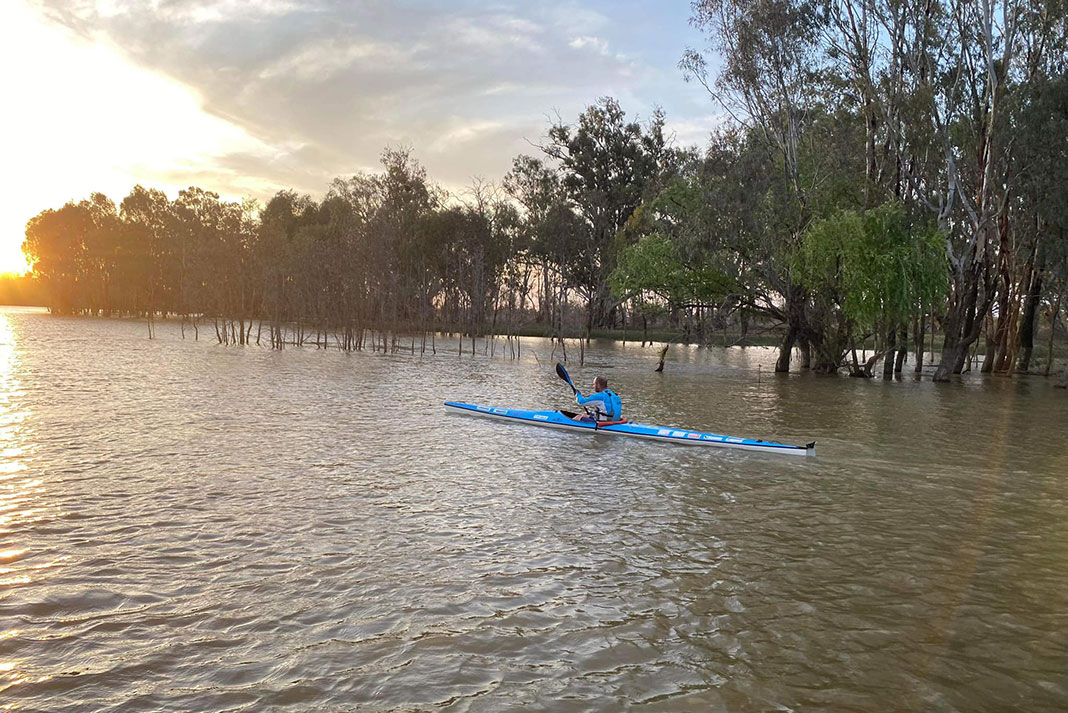
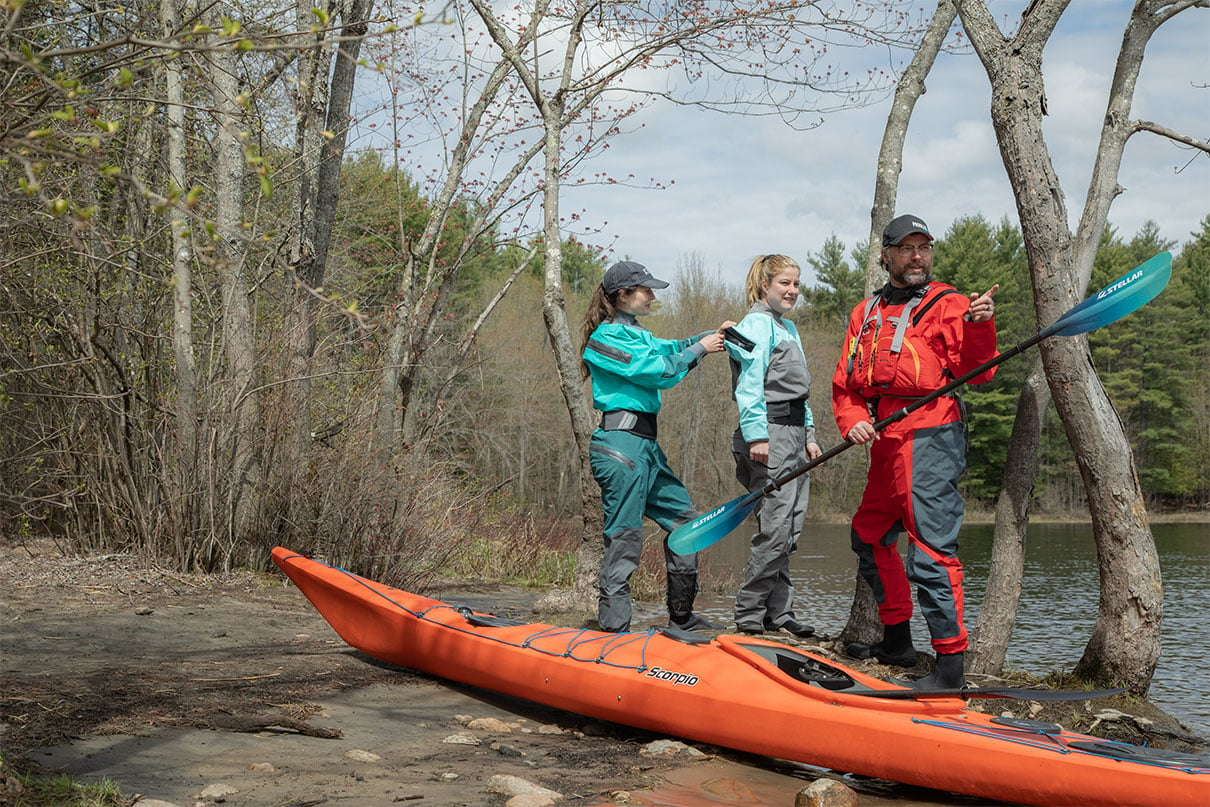
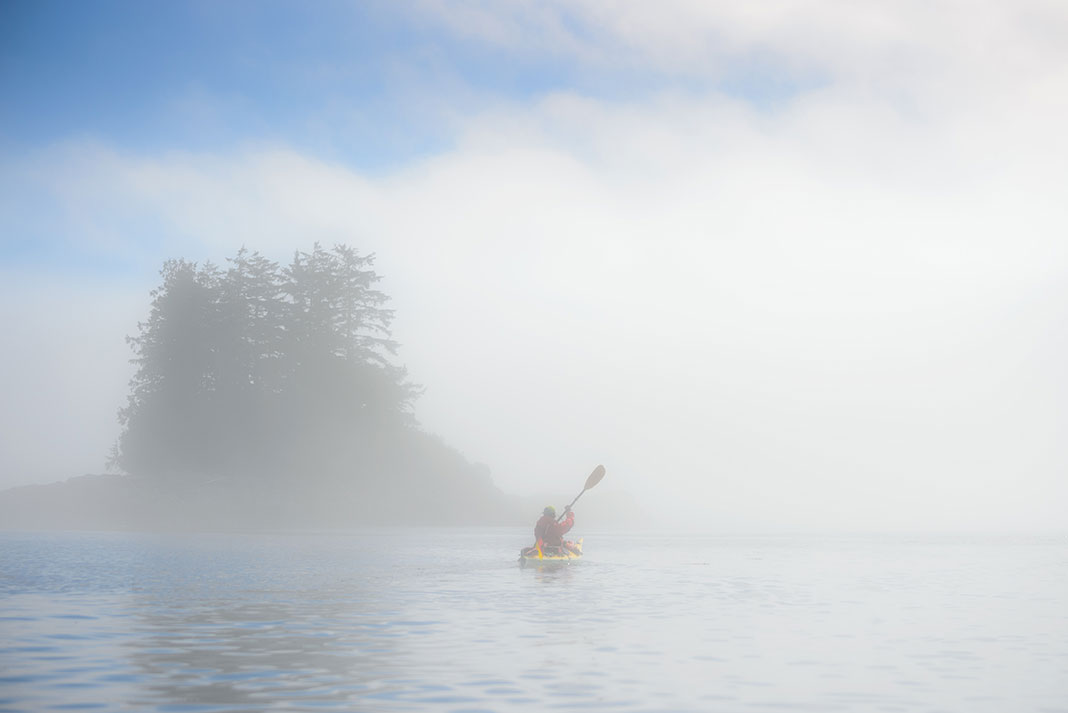
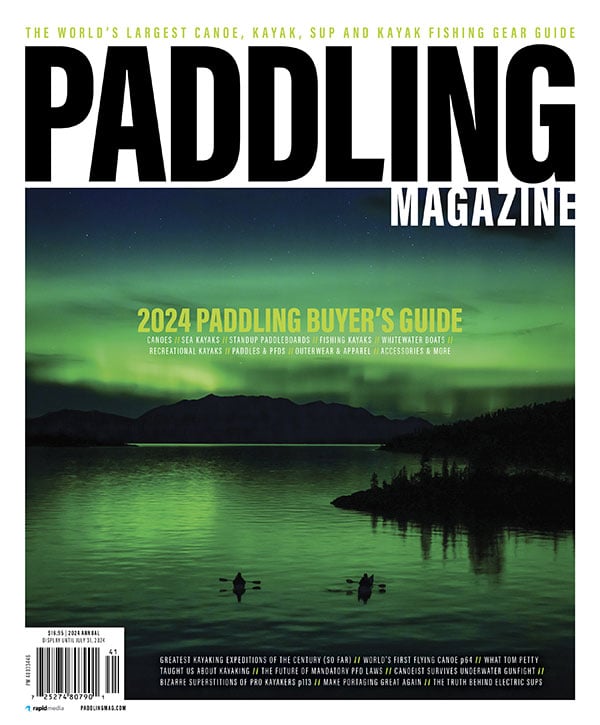 This article was first published in the Spring 2024 issue of Paddling Magazine.
This article was first published in the Spring 2024 issue of Paddling Magazine. 
